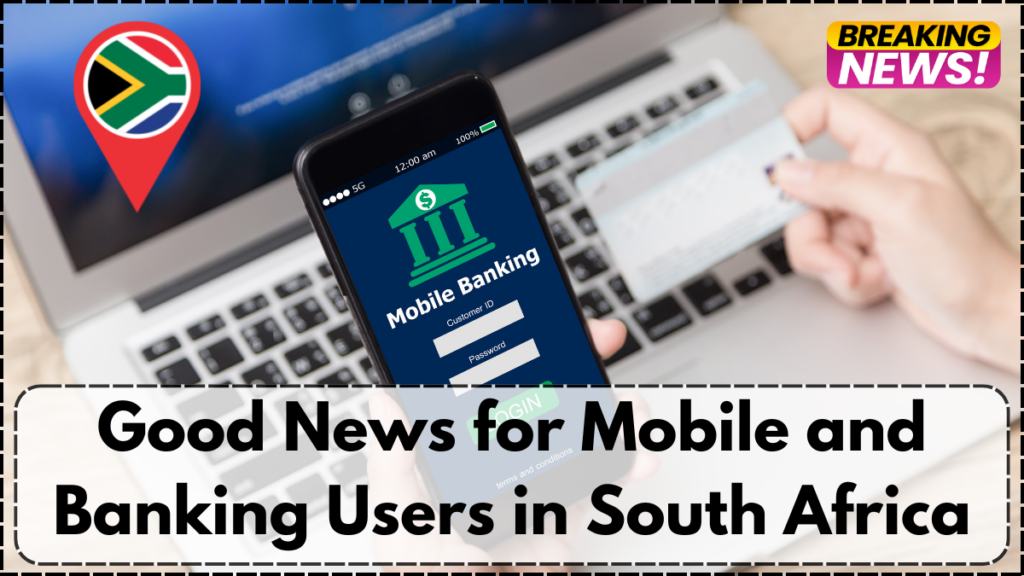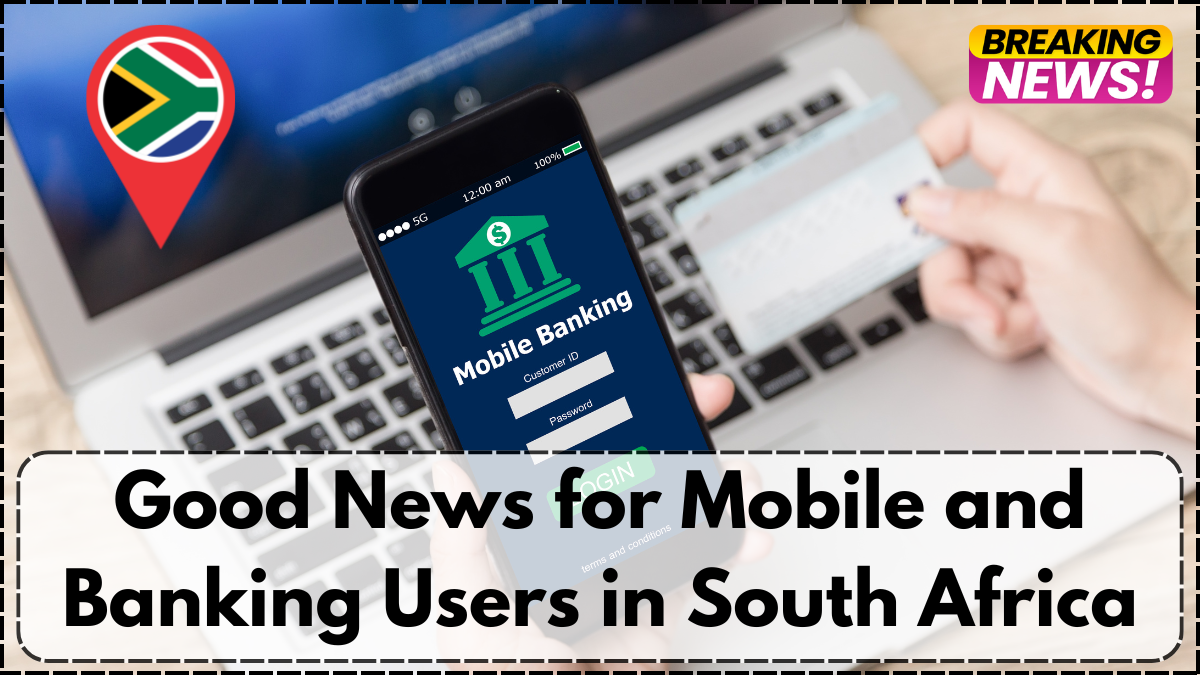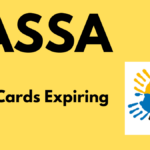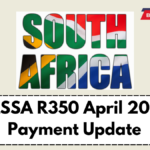In 2025, a growing convergence between South Africa’s banking and telecommunications sectors is reshaping how consumers access both financial and mobile services. Thanks to targeted diversification strategies, major banks and telecom operators are stepping into each other’s traditional domains, intensifying competition and broadening consumer choice.
This cross-industry integration is more than a passing trend — it’s a strategic move by both sectors to unlock new revenue streams while enhancing customer engagement.

Banks Are Becoming Mobile Service Providers
Several South African banks have launched Mobile Virtual Network Operator (MVNO) services, allowing them to offer cost-effective mobile solutions without owning physical infrastructure or spectrum. These offerings include physical SIMs, eSIMs, airtime, and data bundles.
Key Bank-Backed MVNOs in 2025:
| Bank | MVNO Service | Subscribers (End of 2024) |
|---|---|---|
| Capitec | Capitec Connect | 1.4 million |
| FNB | FNB Connect | 1.3 million |
| Standard Bank | Standard Bank Mobile | 300,000 |
These services are typically powered by partnerships with established mobile networks. For example, FNB Connect relies on Cell C’s infrastructure.
Customer reception has been strong. According to the 2024 DataEQ South African Banking Sentiment Index, telecom offerings from banks earned the highest positive sentiment scores across all product categories.
Mobile Networks Enter the Financial Sector
Not to be outdone, telecom giants like Vodacom and MTN have expanded into fintech. Their digital wallets — VodaPay and MoMo (Mobile Money) — serve as multifunctional platforms offering banking-like services such as:
- Peer-to-peer transfers
- Airtime and data top-ups
- Utility bill payments
- Loan applications
- Lotto purchases
Platform Highlights:
| Telco | Fintech App | Key Features | Banking Partner |
| Vodacom | VodaPay | P2P transfers, bill pay, food delivery | Bidvest Bank |
| MTN | MoMo | Loans, payments, PayShap, airtime | African Bank, Investec |
Both networks also cater to small and medium enterprises with contactless point-of-sale (POS) solutions. These terminals link directly to the wallet accounts, offering streamlined transactions and lower hardware costs.
How These Diversification Strategies Work
The MVNO model enables banks to lease network services from mobile providers and resell them under their brand — a cost-efficient approach that avoids the massive capital expenditure (capex) associated with building and maintaining telecom infrastructure.
For example, Vodacom has invested more than R11 billion annually in capex since 2022. In contrast, a bank entering the telecom space as an MVNO bypasses those expenses entirely.
Similarly, telecom companies offering financial services don’t need a banking license. Instead, they partner with licensed banks to handle the regulatory and compliance burdens. MTN’s MoMo, for instance, uses African Bank and Investec to facilitate transactions, including PayShap integration. Vodacom works with Bidvest Bank for VodaPay transactions.
This symbiotic relationship allows both banks and telcos to gain access to new markets with minimal friction and faster time-to-market.
Benefits to Consumers
This crossover has led to more affordable mobile plans, innovative digital wallets, and wider access to services. Consumers benefit from:
- More competitive mobile pricing
- Easier access to financial tools via mobile apps
- Reduced fees for transfers and withdrawals
- Increased convenience through app ecosystems
The Road Ahead
With Telkom entering the MVNO wholesale space in early 2025, and the rise of app-centric ecosystems like VodaPay and MoMo, we can expect the line between telecoms and financial services to blur even further. Innovation will likely intensify as each sector learns from the other, ultimately benefiting end-users with better, more integrated services.
FAQ
How do banks offer mobile services without owning a network?
Banks operate as MVNOs by purchasing wholesale mobile access from existing telecom providers and reselling it under their own brand.
Are these bank-backed mobile services reliable?
Yes. Since they use the infrastructure of established mobile networks like MTN, Vodacom, and Cell C, the quality of service is consistent with mainstream offerings.
What are the benefits of using VodaPay or MTN MoMo?
These platforms offer convenient access to financial services like bill payments, P2P transfers, and airtime purchases — often with lower fees and exclusive promotions.
Can businesses use these telco apps for payments?
Yes. Both VodaPay and MoMo offer point-of-sale (POS) devices and mobile solutions that help businesses process payments efficiently.
Why are telcos entering the banking space?
Telcos are leveraging their large customer bases and digital platforms to offer value-added services, partnering with banks to meet regulatory requirements while gaining access to fintech revenues.
For More Information Click Here
Pari is a passionate writer known for captivating stories that blend imagination and reality. Inspired by travel, history, and everyday moments, Pari crafts narratives that resonate deeply with readers.




